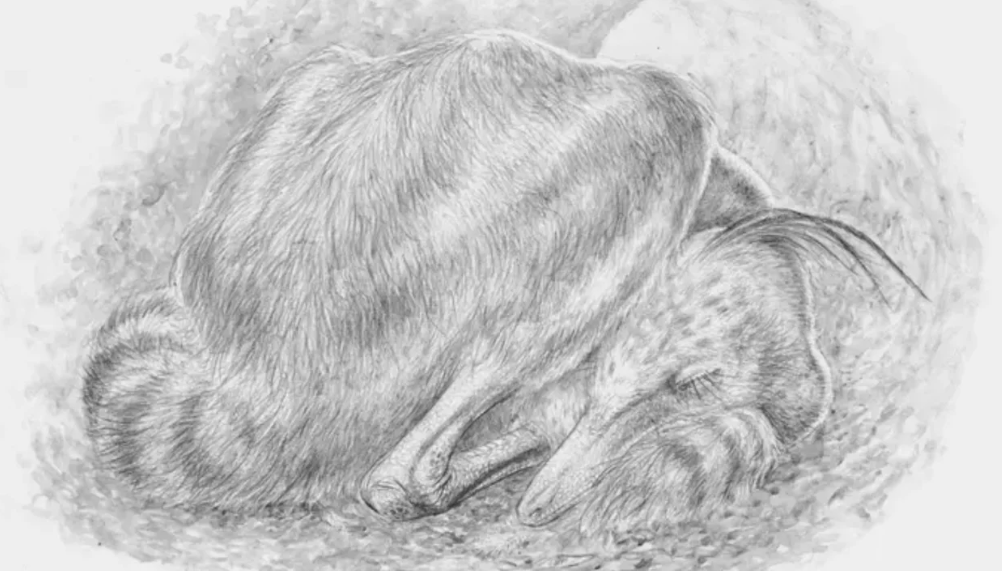Scientists believe they’ve uncovered secret behind dinosaur ‘death pose’
Paleontologists excavated the skeleton of a previously undiscovered species of dinosaur

Your support helps us to tell the story
From reproductive rights to climate change to Big Tech, The Independent is on the ground when the story is developing. Whether it's investigating the financials of Elon Musk's pro-Trump PAC or producing our latest documentary, 'The A Word', which shines a light on the American women fighting for reproductive rights, we know how important it is to parse out the facts from the messaging.
At such a critical moment in US history, we need reporters on the ground. Your donation allows us to keep sending journalists to speak to both sides of the story.
The Independent is trusted by Americans across the entire political spectrum. And unlike many other quality news outlets, we choose not to lock Americans out of our reporting and analysis with paywalls. We believe quality journalism should be available to everyone, paid for by those who can afford it.
Your support makes all the difference.Scientists in Mongolia believe they may have uncovered the secret behind dinosaurs’ death pose.
Paleontologists excavated the skeleton of a previously undiscovered species of dinosaur, and made a surprising discovery in the process.
Scientists dug up the skull and nearly complete skeleton of the dinosaur from the Gobi Desert at the Barun Goyot Formation in Mongolia, and found that most of the bones were still arranged in the animal’s original death pose, researchers said.
The bones appeared to show the animal died in a relatively peaceful sleeping pose, with its head tucked over its limbs and tail snugly wrapped around its body, resembling the death pose of modern-day birds.
Researchers said they believe the creature is a species new to science, derived from the alvarezsaurid, a small, bird-like dinosaur from the late Cretaceous Period.
The researchers added they believe the discovery suggests the species, which has been named the Jaculinykus yaruui, did not just look like a modern-day bird, but may have behaved like one too.
Two other dinosaur fossils found in a similar pose were also found in Mongolia.
The new fossil suggests that this sleeping behaviour may have been more common than expected among the non-avian relatives of the earliest birds, the researchers reported.
“We’ve all seen ducks sleeping with their heads tucked under their wings. And then you see this little dinosaur with the exact same sleeping posture,” said paleontologist Dr Jingmai O’Connor, associate curator of fossil reptiles at the Field Museum of Natural History in Chicago.
“This is tangible evidence of behaviors that are today unique among birds. Now, we can actually say this is not a uniquely avian feature,” he told CNN.
Modern-day birds adopt a sleeping pose when they die to conserve body heat. Experts believe the pose may have served a similar purpose for the Jaculinykus yaruui.
Over the course of their evolution, alvarezsaurs shrank in size, which may have caused them to adopt the same thermoregulatory strategy used by their avian cousins, the study’s lead author, paleontologist Kohta Kubo, said.
He added that the sleeping pose “highlights that this avian-like thermoregulatory behavior evolved prior to the origin of powered flight.”
The alvarezsaurid species lived around 70 million years ago toward the end of the Cretaceous Period, and would have measured just over three feet long.
Join our commenting forum
Join thought-provoking conversations, follow other Independent readers and see their replies
Comments